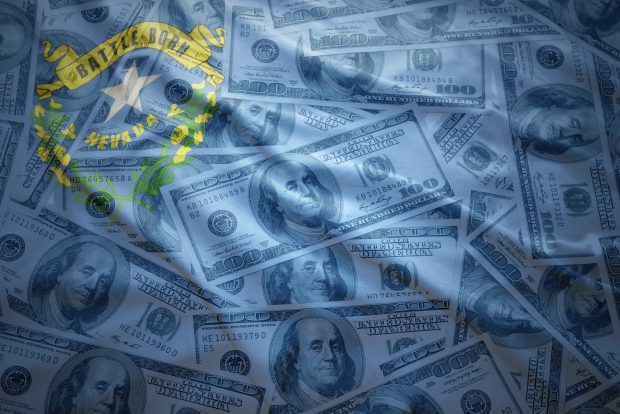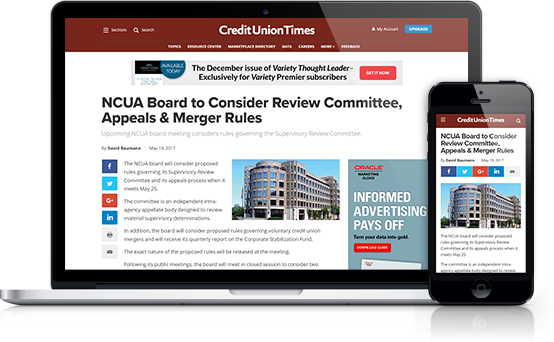LARGO, Md. — To check on the benefits of the much-ballyhooed Check 21 revolution, just check with Susan Wilhelm.
The IT manager at Money One Credit Union watches with satisfaction as 4,000 items or so a month are captured by scanner and sent for processing to EasCorp, the $1.9 billion corporate that provided the system.
"My background is in quality assurance and this project was my baby," said Wilhelm, who joined the $86 million CU two years ago after a stint at an imaging software company. "We're several months into it now, and it's been wonderful."
Continue Reading for Free
Register and gain access to:
- Breaking credit union news and analysis, on-site and via our newsletters and custom alerts.
- Weekly Shared Accounts podcast featuring exclusive interviews with industry leaders.
- Educational webcasts, white papers, and ebooks from industry thought leaders.
- Critical coverage of the commercial real estate and financial advisory markets on our other ALM sites, GlobeSt.com and ThinkAdvisor.com.
Already have an account? Sign In Now
© 2024 ALM Global, LLC, All Rights Reserved. Request academic re-use from www.copyright.com. All other uses, submit a request to [email protected]. For more information visit Asset & Logo Licensing.









